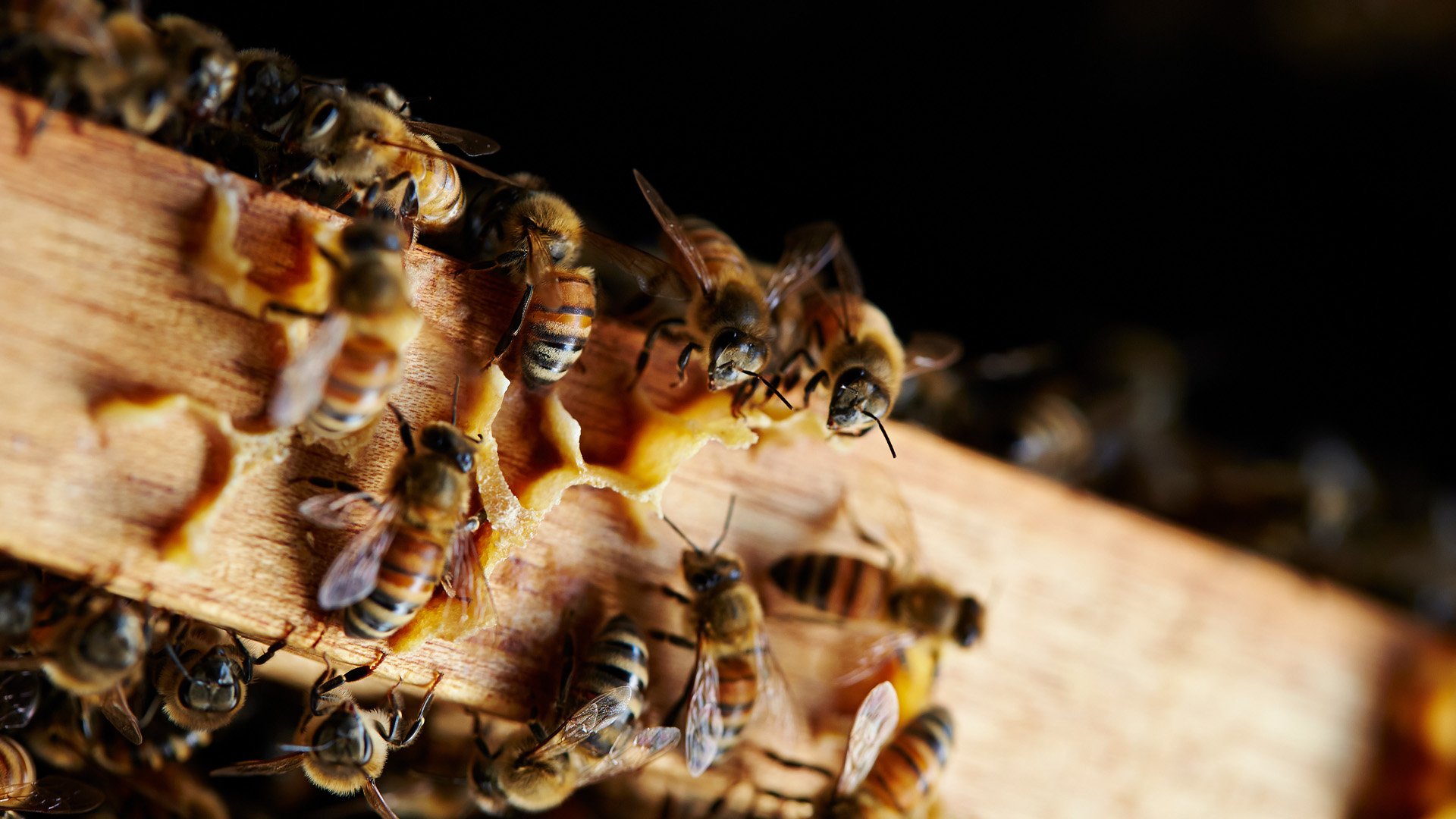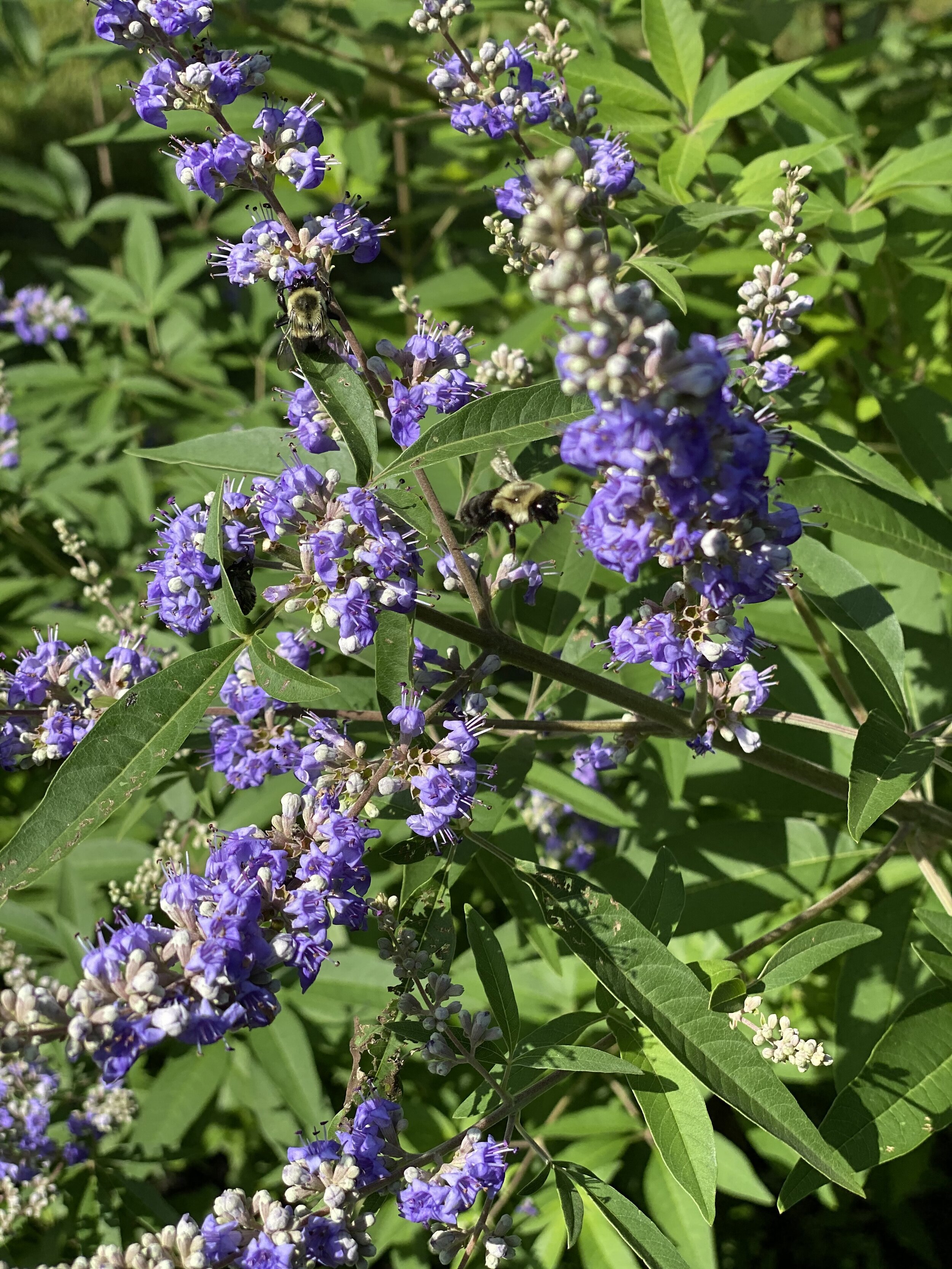
Breeding sustainable & productive Caucasian & Carniolan honey bees using Instrumental Insemination
Selective breeding is one of the most complex and enigmatic aspect of bee keeping.
Our program represents a set of systematically planned and implemented activities aimed to produce a sustained genetic improvement rooted on our aims and objectives.
Every thing in bee keeping is local. This is what we do here in Middle Tennessee.
The following article describes what we do in our apiary with respect to our breeding program. Nothing is certain with mother nature, we closely look at what whether man has to say and adapt to the current conditions. This gives a general idea of how our operations work.
This is a movement of billions. Whether you’re most comfortable contributing time to help achieve our advocacy goals, money to help us grow, or energy to put political pressure on our governments to change, we need you on our team.
Ready to take the next step?
A. mellifera caucasica is a honeybee race originally found in the Caucasian mountains and it has very distinctive characteristics that differentiate it from other races.
The Caucasian honeybee looks very similar to Carnica bees regarding its size, shape and hair color. They are moderate size but slim, long, narrow abdomen. Caucasian bees also have the longest tongue when compared to any honeybee races. Having this long tongue put Caucasian bees in a winning position where the forge is mostly tubular flowers. Other bee races cannot access this flora because of their shorter tongue. This makes Caucasians excellent pollinators for alfalfa, clover and similar plants with deep tube flowers.
Caucasian bees store more honey for winter and exhibit strong frugality which helps them in overwintering.

“ If the bees disappeared off the face of the earth, man would only have four years left to live.”
— Maurice Maeterlinck
Let’s try to connect in real life to share the beauty and knowledge of bee keeping.
Sign up to be the first to know about our events and other news about us.


